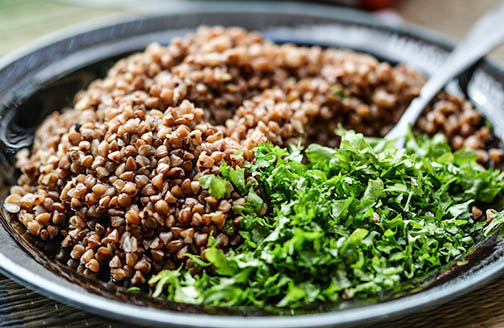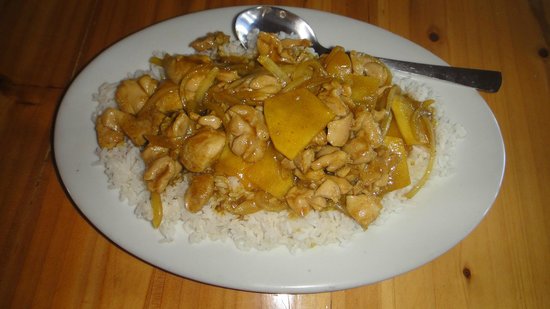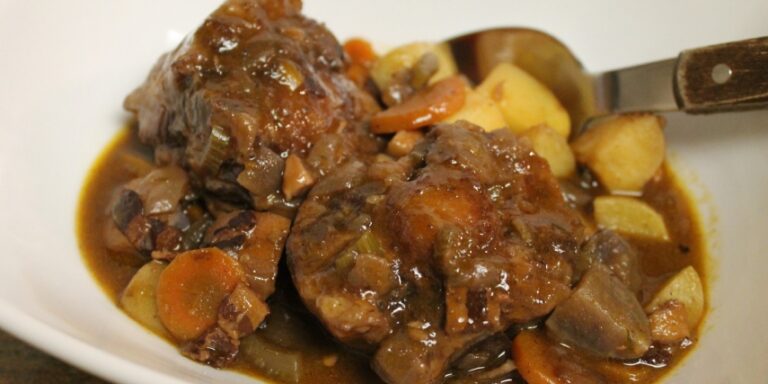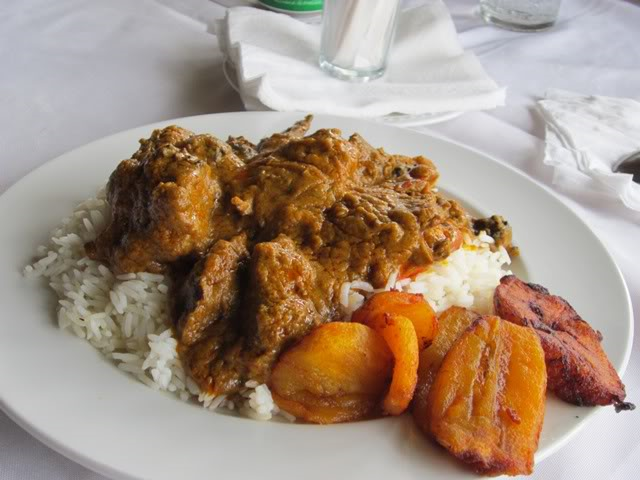Introduction: Kazakh Cuisine
Kazakh cuisine is an essential part of the country’s culture. The cuisine is rich in flavors, aromas, and colors, reflecting the natural environment, climate, and nomadic lifestyle of its people. It is a blend of traditional Kazakh dishes, Central Asian, and Russian cuisine. The main ingredients of Kazakh cuisine are meat (beef, lamb, and horse meat), dairy products (kumys, shubat), cereals (rice, buckwheat, and barley), and vegetables (potatoes, carrots, and onions).
Historical Influences on Kazakh Cuisine
Kazakh cuisine has been influenced by various historical events. The nomadic lifestyle of the Kazakh people has played a significant role in their food culture. The harsh climate and the need for preservation have led to the development of various preservation techniques, such as drying and salting meat. The Silk Road, which passed through Kazakhstan, brought spices, fruits, and vegetables from other countries, which were incorporated into Kazakh cuisine. During the Soviet period, the Kazakh cuisine was influenced by Russian cuisine, which led to the introduction of new dishes and cooking techniques.
Regional Variations in Kazakh Cuisine
Kazakhstan is a vast country with diverse landscapes, climates, and cultures. Therefore, it is not surprising that there are significant regional variations in Kazakh cuisine. The five main regions of Kazakhstan are Southern, Western, Northern, Eastern, and Central Kazakhstan. Each region has its unique culinary traditions, ingredients, and cooking techniques. The Southern region is known for its spicy and flavorful dishes, while the Northern region is known for its dairy-based dishes.
Differences in Ingredients and Preparation
The differences in regional cuisine are mainly due to the availability of ingredients and the local cooking techniques. The Western region, which is closer to Russia, has more access to potatoes and wheat, which are used in making traditional dishes such as beshbarmak and kuyrdak. The Eastern region, which is closer to China, has adopted Chinese ingredients such as soy sauce, ginger, and noodles. The preparation of meat also differs from region to region. In the Southern region, meat is often grilled, while in the Northern region, it is boiled or stewed.
Popular Dishes from Different Regions
Some of the popular dishes from different regions of Kazakhstan are beshbarmak (a meat and noodle dish) from the Western region, kazy (a smoked horse meat sausage) from the Central region, lagman (a noodle soup with vegetables and meat) from the Eastern region, and zharkoe (a meat and vegetable stew) from the Northern region. The Southern region is known for its spicy and flavorful cuisine, such as shashlik (grilled meat skewers) and pilaf (a rice dish with meat and vegetables).
Conclusion: Diversity in Kazakh Cuisine
In conclusion, Kazakh cuisine is a diverse blend of traditional Kazakh, Central Asian, and Russian cuisine. The regional variations in cuisine reflect the natural environment, climate, and cultural influences of each region. Despite the differences, the cuisine has remained an essential part of Kazakh culture and identity. With its rich flavors, aromas, and colors, Kazakh cuisine is a must-try for anyone visiting the country.










